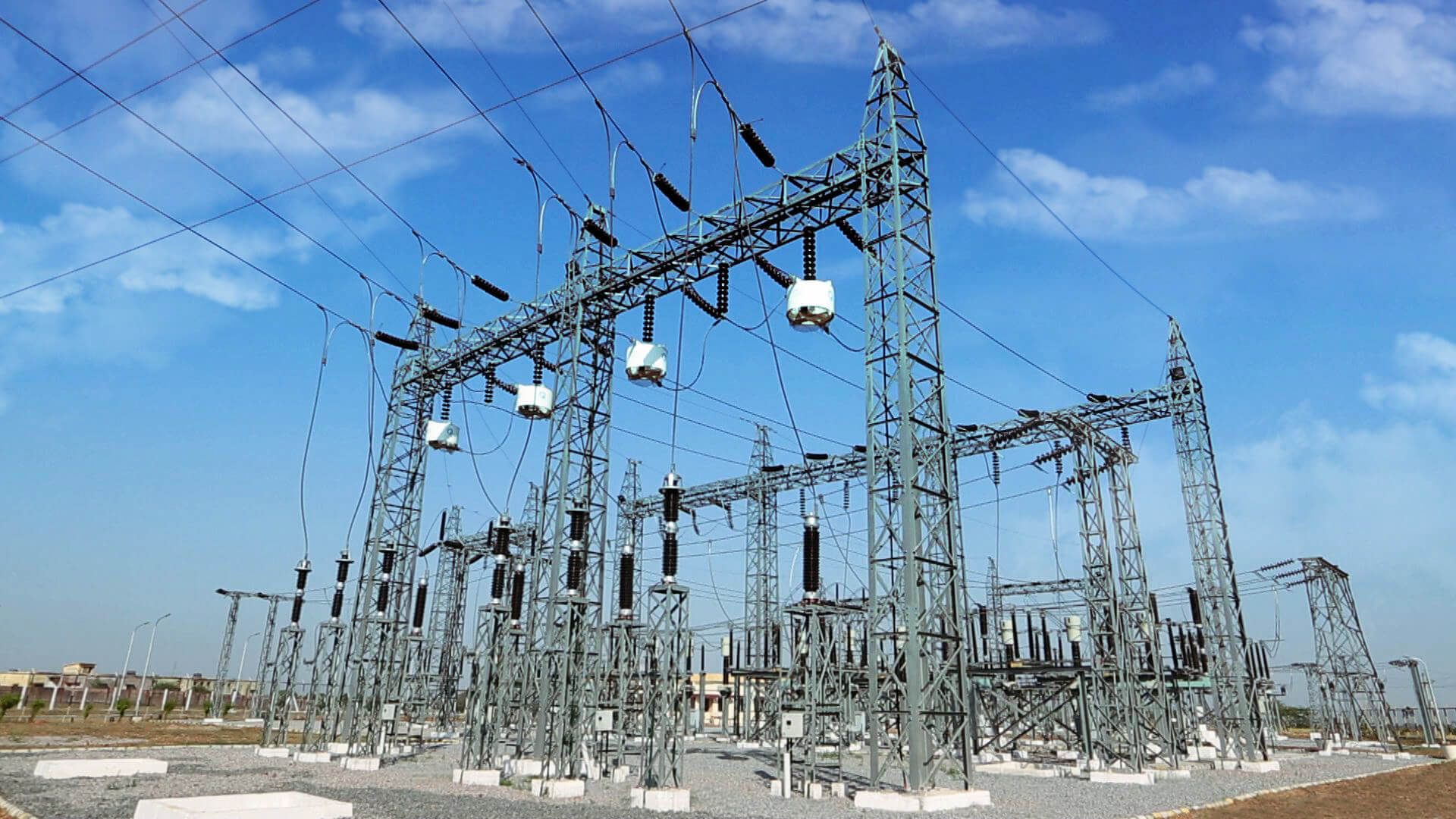In the world of industrial energy, the terms HT (High Tension) and EHV (Extra High Voltage) often come up—especially when discussing power transmission and distribution. These systems form the backbone of reliable, large-scale electricity delivery, especially for industries, infrastructure, and utility companies.
But what exactly are HT and EHV systems, and how do they work?
Understanding HT and EHV
- HT (High Tension): Typically refers to voltages between 11 kV and 33 kV.
- EHV (Extra High Voltage): Covers voltages above 66 kV, often extending up to 765 kV or more, used for long-distance, high-capacity power transmission.
These voltages are too high for direct use in homes or small businesses, but they are essential for transporting electricity efficiently over long distances and for supplying power to large industrial loads.
Why Use HT or EHV Power?
The higher the voltage, the lower the current for the same power output. This reduces energy losses due to heat (I²R losses) in the cables and allows for smaller conductors and efficient transmission. That’s why HT and EHV are used by:
- Manufacturing plants
- IT parks & data centers
- Steel & cement industries
- Airports & railway stations
- Energy utilities & substations
How HT & EHV Systems Work
Let’s break it down into key components:
1. Power Generation
Electricity is typically generated at power plants at voltages around 11 kV to 25 kV.
2. Step-Up Transformer
Before transmission, the voltage is increased via step-up transformers to EHV levels (132 kV, 220 kV, or 400 kV). This helps send power over long distances with minimal loss.
3. Transmission Lines
Power is transmitted through EHV lines across cities, states, or even countries. These lines are supported by tall towers and span great distances.
4. Receiving Substations
At the receiving end, step-down transformers reduce EHV to HT levels (e.g., 33 kV).
5. HT Distribution
HT power is then delivered to industrial consumers or commercial complexes, either directly or via another transformer that steps it down to usable voltages (415V/230V).
6. Consumer Interface
Large consumers often have their own HT panels, switchgear, metering units, and cable management systems to safely handle, monitor, and utilize the incoming high voltage power.
Safety & Infrastructure
HT/EHV systems require specialized infrastructure:
- HT Panels: Protect and control high voltage circuits.
- VCBs (Vacuum Circuit Breakers): For arc-free switching.
- Lightning Arresters: Protect systems from voltage surges.
- Cables & Busbars: Insulated for high voltage capacity.
- Earthing Systems: Crucial for safety and equipment protection.
These systems are installed and maintained by licensed professionals, often under regulatory compliance from state electricity boards or DISCOMs.
Siddharth Power Solutions – Your HT & EHV Experts
From designing HT rooms to commissioning EHV substations, Siddharth Power Solutions provides end-to-end services for HT/EHV systems. Whether you’re upgrading your facility or building a new industrial unit, we ensure:
- Robust system design
- Government approvals and liaisoning
- Quality switchgear & cables
- AMC and technical support
Final Thoughts
HT and EHV systems may be out of sight, but they’re critical to keeping the lights on and machines running in India’s industrial growth story. With the right design, equipment, and expertise, you get uninterrupted power, safety, and scalability.
Interested in HT/EHV solutions for your industry?
📞 Call +91 9426666133
📧 Email us at siddharthpower1@gmail.com
Powering Progress. Safely. Efficiently.

